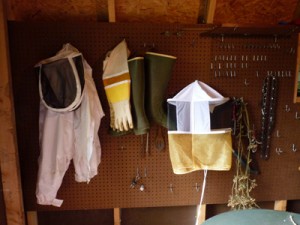Spring Waning Bloodroot Moon
The Latin work has gone past difficult learning, though there is still that, too, into a different, almost ecstatic place. Reading the words of another language and making sense, poetry, from them still seems magical to me. I’m really doing it. The closest analogy is my first set of glasses that corrected my far vision. All of a sudden I saw individual stars in the sky.  The moment was extraordinary. What had been a fuzzy, blurred night sky became black velvet set with bright points of light.
The moment was extraordinary. What had been a fuzzy, blurred night sky became black velvet set with bright points of light.
Now it appears I will finish Diana and Actaeon before the Titian show closes on May 1st and I might make my way through Diana and Callisto, too. I’m enjoying translating the different stories, so I think I’ll move on to Medea, Pentheus and other discrete stories rather than try the full frontal assault I had planned, start with Book I, verse 1 and soldier through to the last verse of Book XVI.
Another idea that seems possible now is to investigate the Latin texts behind other objects in the museum: Theseus and the Centaur at the Lapith wedding, Ganymede and the Eagle, Lucretia, Germanicus. I’m sure there are other objects that have particular Latin texts behind them. I have no particular reason for doing this except to deepen my knowledge of mythology and of the specific objects in our collection with Latin connections.
Taking up a new intellectual challenge later in life is not only possible, it’s exhilarating.

 the new packages takes place as soon as possible after I pick up the bees from Nature’s Nectary outside Stillwater. They may wait a day, but not more.
the new packages takes place as soon as possible after I pick up the bees from Nature’s Nectary outside Stillwater. They may wait a day, but not more. the colonies. I’m also going to check out better ways to have a bee proof environment in which to extract honey. It was pretty bad last year.
the colonies. I’m also going to check out better ways to have a bee proof environment in which to extract honey. It was pretty bad last year.